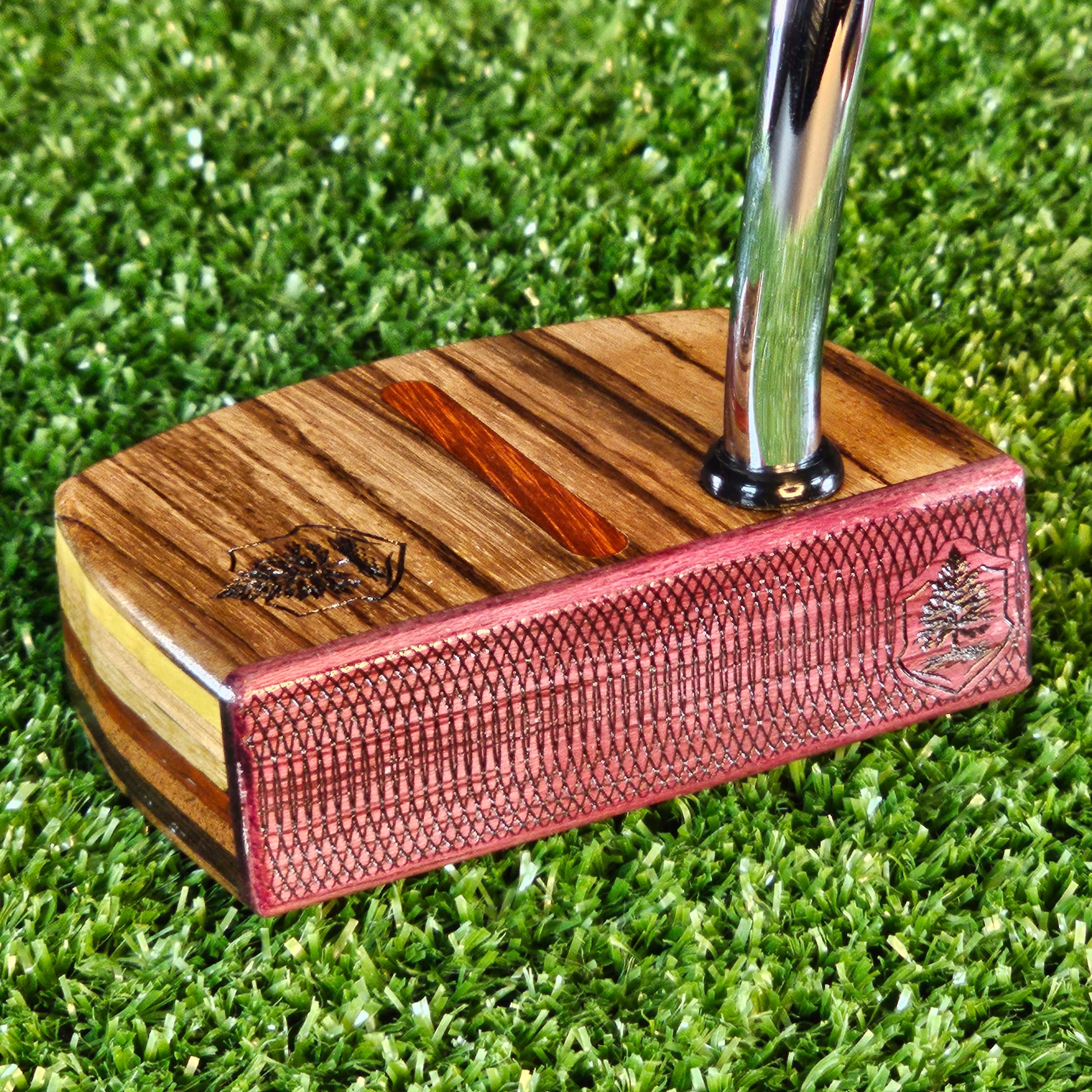When it comes to putting, green speed plays a crucial role in how the ball rolls and ultimately affects your performance on the greens. The speed of a putting green is typically measured using a device called a Stimpmeter. This simple yet effective tool consists of a metal bar with a notch where the golf ball is placed. By allowing the ball to roll down the bar at a fixed angle, golf course superintendents can measure the distance the ball travels in feet, providing an objective measure of green speed. The higher the number, the faster the greens.
Understanding stimp readings can significantly impact your putting strategy. A green running at a stimp of 8 is considered medium-speed, while anything above 10 is considered fast. On faster greens, putts break more sharply and require a softer touch, while slower greens demand a firmer stroke to reach the hole. Golfers who are aware of the green speeds can better judge how much force to apply and adjust their aim accordingly. Having a putter that provides a consistent and predictable roll can make a significant difference when adapting to different green speeds.
This is where Timber Touch Putterworks' precision-crafted wood putters come into play. Our putters are designed with superior balance and weight distribution, helping you maintain control and consistency regardless of green speed. The combination of lightweight, rigid wood construction and far outside weighting ensures that your putts roll smoothly with minimized skid, allowing you to read greens with greater accuracy. Whether you’re facing lightning-fast greens or slower, bumpier surfaces, a Timber Touch putter can help you navigate the challenges of green speed with confidence.



Share:
The Construction of Some of the Earliest Putters
The Art of Reading Greens: Elevating Your Putting Game